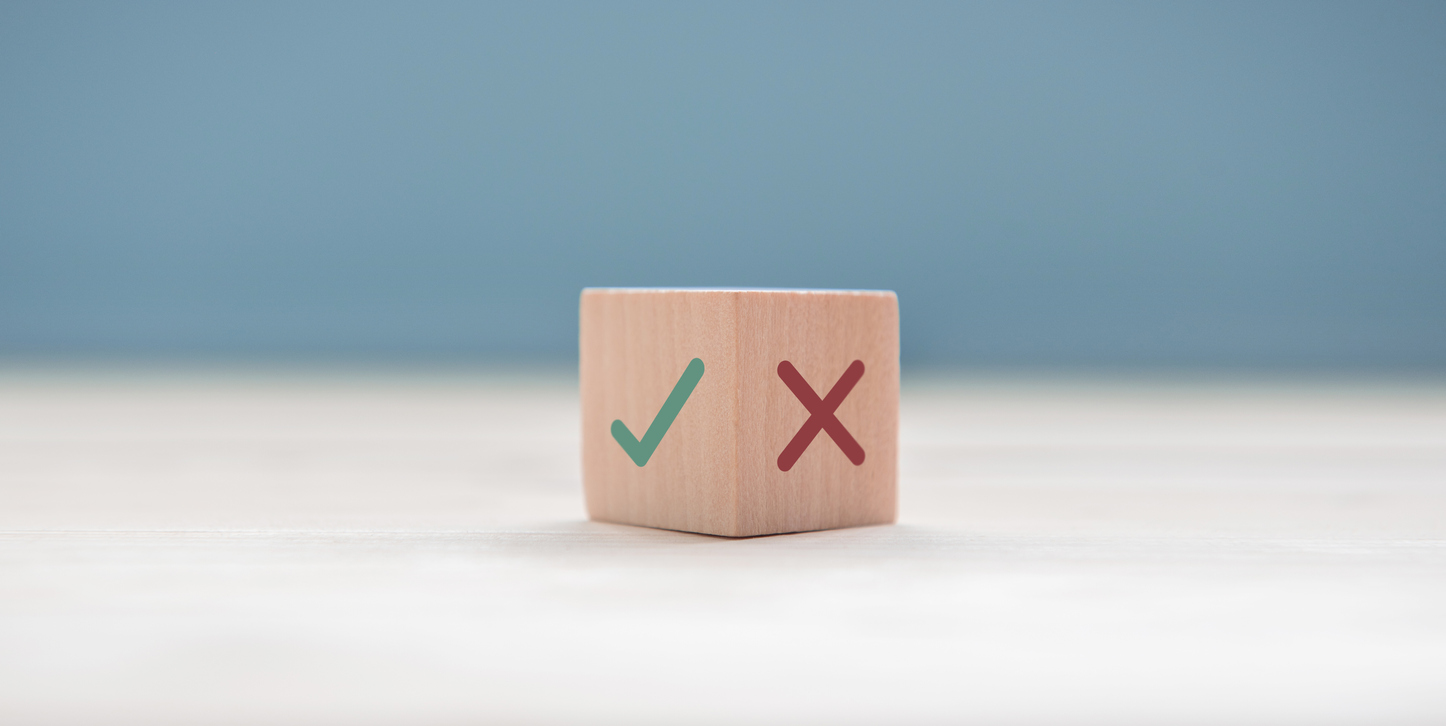Sometimes juries and judges find guilty people guilty. But they often find innocent people guilty, too. If you are innocent but still got convicted of a crime, that is a wrongful conviction. But you are not alone. The Equal Justice Initiative says “[t]here are more innocent people in our jails and prisons today than ever before.” Understanding how people overturn wrongful convictions is more important now than ever.
How often do wrongful convictions happen?
Wrongful convictions happen more than you might think. The EJI estimates that there have been more than 2,500 exonerations for wrongful convictions in the past 30 years. This figure goes back to when the National Registry of Exonerations started in 1989. This number includes 367 people exonerated by DNA evidence since 1989. On average, these people spent more than eight years and ten months in prison. And they did so despite being innocent.
According to the Innocence Project, approximately 97% of these people faced serious charges. Examples include sexual assault and murder. And, despite being innocent, approximately 25% confessed to crimes they didn’t commit. And approximately 11% pleaded guilty to crimes they didn’t commit. Of these exonerees, 10% of them spent more than 25 years in prison for crimes they didn’t commit.

How can you get exonerated?
An exoneration happens when government officials declare someone convicted of a crime innocent. This often happens because of new evidence proving their innocence. The official declaration can happen through
- an acquittal at a retrial,
- a court order dismissing or vacating a conviction and charges or
- a pardon based on actual innocence.
Why do wrongful convictions happen?
There are many causes of wrongful convictions. Approximately half of wrongful convictions involve government misconduct. Roughly the same amount involve false testimony or accusation by witnesses. Other common causes include mistaken eyewitness identifications and false jailhouse informants.
Another common problem in wrongful convictions comes from so-called “junk science.” Many of the scientific techniques that police and prosecutors rely on aren’t valid. Examples include hair microscopy, bite-mark comparisons, firearm analysis and shoe-print comparisons. In the past, police and prosecutors often relied on this kind of evidence to get convictions. Some of these practices have slowed down as science has improved. But prosecutors and police still rely on them in some cases.
Another leading cause of wrongful convictions is the lack of accountability. Police, prosecutors and judges don’t often face consequences for misconduct. This is true even when they use false evidence or testimony or hide proof of innocence. This is because there are immunity laws that protect them from accountability. Because they know they won’t face consequences, they don’t feel the need to correct their behavior.
The Takeaway:
If a judge or jury convicted you of a crime despite being innocent, you were the victim of a wrongful conviction. Wrongful convictions happen often in the United States. There are many causes for wrongful convictions. Common examples include government misconduct and junk science. Without government accountability, police, prosecutors and judges won’t change their behavior. But you can take steps to overturn your wrongful conviction.






